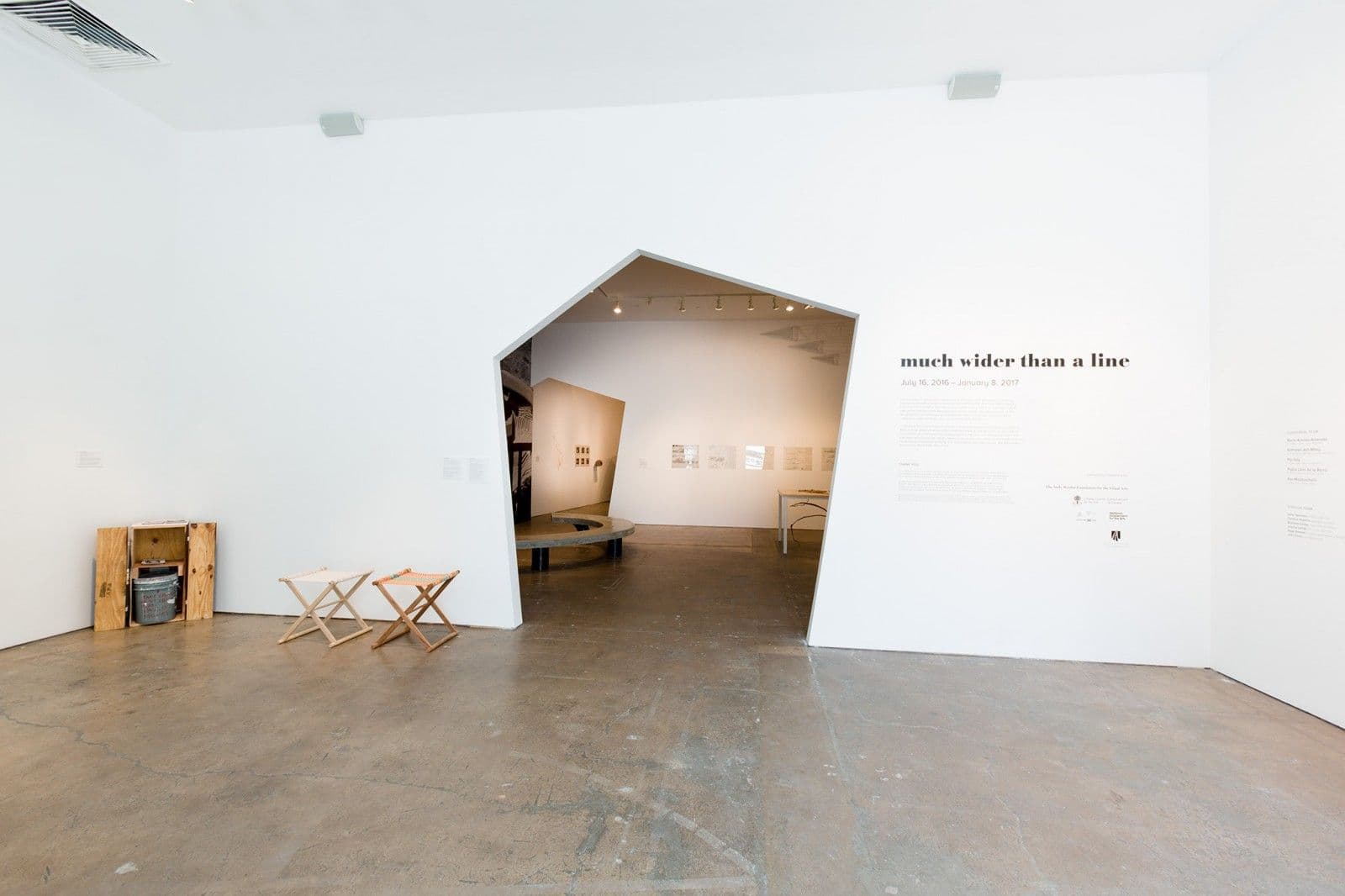Graciela Iturbide
Year born:
1942
Location:
Mexico City, Mexico
In 1978, photographer Graciela Iturbide was invited by the Archivo Etnográfico Audiovisual of the Instituto Nacional Indigenista in Mexico City to participate in an initiative in which photographers, musicians, and cinematographers documented the cultural aspects of Mexico's various Indigenous groups. Iturbide chose to photograph the Seri (autoethnonym Comcáac), who live on the desert coast of the northern state of Sonora. The photographs were published in 1981 in the book Los que viven en la arena (Those Who Live in the Sand).
Under constant threat of extermination, the Seri resisted three hundred years of Spanish colonization as well as later subjugation by the Mexican State. They constitute a highly distinctive group in Mexico. Once nomadic, at the time of Iturbide's visit they remained so to a degree. They lived from fishing, although this was changing, as they had started to produce carved wooden handcrafts. And, at the time, their population was so small that they were considered to be on the verge of extinction; today they currently number about one thousand.
In her portraits, Iturbide captures the Seris' way of living, the effect of the desert and sea landscape on their culture, and the tension between their traditional lifestyle and their adaptation to modernization. In particular, Iturbide photographed the act of female face-painting, once part of everyday life but by then done almost exclusively for ceremonies. While documenting this practice, Iturbide had her own face painted (as shown in the self-portrait opposite), which symbolizes both her acceptance by the women of the group and her own process of transformation through this contact.
- Pablo León de la Barra
